- Write by:
-
Tuesday, December 7, 2021 - 10:49:52
-
623 Visit
-
Print
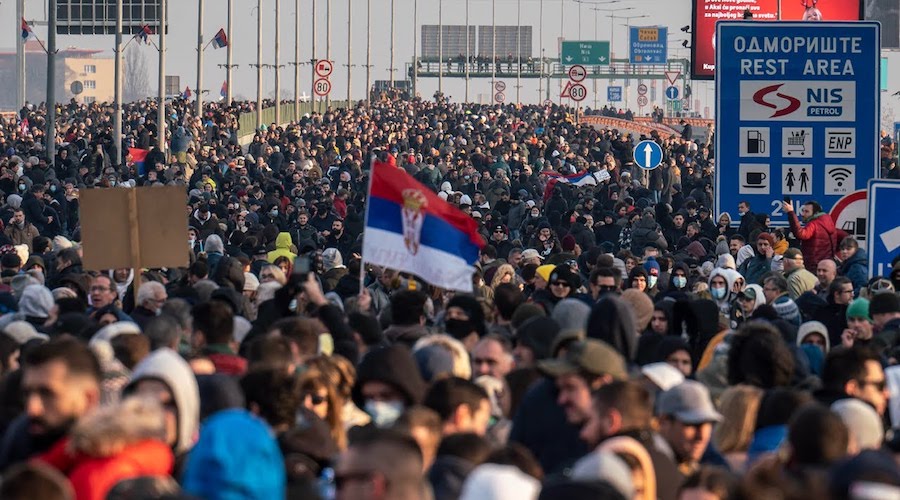
Mining News Pro - Thousands of people in Belgrade and other Serbian towns blocked main roads and bridges over the weekend for hours in anti-government protests, targeting two new laws that environmentalists say will let foreign companies take advantage of local resources.
Jadar, discovered by Rio Tinto geologists in 2004, is one of the largest greenfield lithium projects currently in development. It has the potential to produce about 58,000 tonnes of battery grade lithium carbonate per year.
The world’s second-largest miner, which greenlighted the project in July, has repeatedly warned of an imminent and “significant” supply gap for lithium, as demand for the metal used in electric vehicles (EV) and green technologies continues to soar.
Rio Tinto estimates that committed supply and capacity expansions will contribute about 15% to demand growth over the 2020-2050 period. The remaining 85% would need to come from new projects.
To put the situation in perspective, the miner’s head of economics Vivek Tulpule said in October that filling the supply gap will require more than 60 Jadar projects.
Rio’s project, located in western Serbia, would produce enough lithium to power one million EVs. It will also produce boric acid, used in ceramics and batteries, and sodium sulphate, used in detergents.
Sourcing Europe
Mine construction is expected to begin early next year, subject to environmental approvals, with the first production in 2026.
Once in operations, Jadar mine would supply mainly the European market, one of the world’s largest growing EV markets.
Following ramp up to full production in 2029, the mine would produce 58,000 tonnes of lithium carbonate, 160,000 tonnes of boric acid and 255,000 tonnes of sodium sulphate a year.
In only three years, British car makers will have to source local electric car batteries as set by the Brexit free trade deal inked in 2020.
Under the agreement, all European trade in cars and parts will continue to be free of tariffs or quotas after the Brexit transition period ended on December 31, as long as they contain enough content from either UK or EU factories.
Batteries will at first be allowed to have up to 70% of materials from countries outside the EU. From 2024 onwards, that requirement will tighten to 50%.
The EU is currently constructing large-scale battery cell factories. European Commission Vice President Maros Sefcovic has said that by 2025, the planned facilities would produce cells to power at last six million electric vehicles.
Battery metals ambitions
Over the past five years, the miner has tried to expand its footprint in the battery market. In 2018, Rio reportedly attempted to buy a $5bn stake in Chile’s Chemical and Mining Society (SQM), the world’s second largest lithium producer.
In April this year, it kicked off lithium production from waste rock at a demonstration plant located at a borates mine it controls in California.
Rio invested $10 million to build the pilot plant that will be able to produce 10 tonnes a year of lithium-carbonate. By the end of the year, and based on the trial’s results, it will decide whether or not to spend a further $50 million in an industrial-scale plant with annual capacity of 5,000 tonnes a year — enough for around 15,000 Tesla Model S batteries.
The projected production would be roughly the same as the capacity of Albemarle ’s Silver Peak mine in Nevada, which is currently the only lithium-carbonate producing asset in the country, according to the US Geological Survey.
Serbia’s government anticipates the country’s booming mining sector will start generating between 4% and 5% of its total GDP in less than 10 years, a significant increase from its current 2%.
Short Link:
https://www.miningnews.ir/En/News/617233
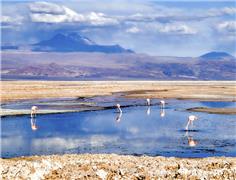
Chile’s state copper company Codelco defended its proposed lithium production tie-up with SQM in response to criticism ...

Chile’s state-run miner Codelco plans to select a partner for a future lithium project in one of the country’s top salt ...
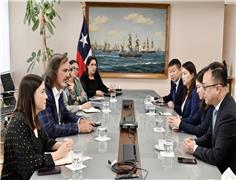
Chile’s SQM called another investors meeting at the request of its second-largest shareholder, Tianqi Lithium Corp., ...
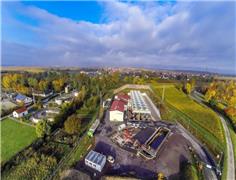
Lithium supplier Vulcan Energy on Wednesday announced the start of production of the first lithium chloride at its ...
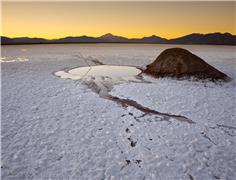
A stuttering recovery in lithium prices is providing a fresh reminder of why the dramatic rally of recent years was ...
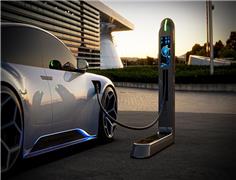
A US and European Union push to reach an accord on fostering critical mineral supply chains is set to miss another ...
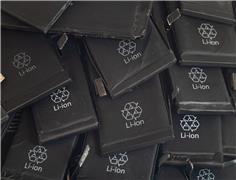
Trading of CME Group Inc.’s nearly three-year-old lithium hydroxide futures contract is soaring, with more funds ...
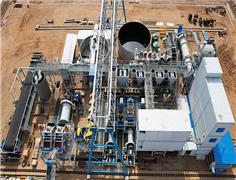
NextSource Materials has submitted an application to build a downstream battery anode facility (BAF) to process graphite ...
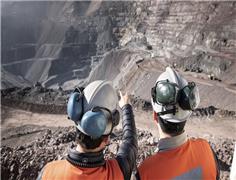
Chile’s mining production is starting to turn the corner after months of a sustained output slump, with the country’s ...
No comments have been posted yet ...